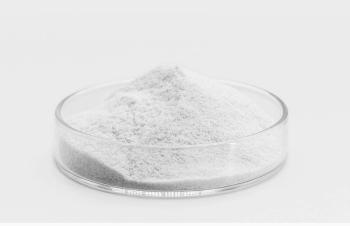
- Pharmaceutical Technology-08-02-2009
- Volume 33
- Issue 8
For Biotherapeutics, Innovation is Not Enough
Biotech firms must first close the gaps between science and biology on the path toward QbD.
Even if one understood little about the development of biologics, last month's congressional testimonies regarding data exclusivity periods brought home a fundamental point: the complexity of biologics processing presents unique challenges not found in small-molecule manufacture. As further evidence, at the AAPS National Biotech Conference, the emphasis was on innovation, with the critical first step being the true understanding of the molecule, as plenary speaker Jim Thomas, Amgen's vice-president of process and product development stated.
Maribel Rios
This understading would help define critical quality attributes as the biotech industry begins its discussion toward incorporating the principles of quality by design (QbD), taking cues from the lessons learned in small-molecule production. As the meeting progressed, however, the talk in the halls and in meeting rooms focused on a major obstacle: How does industry link molecular structure and other attributes with biology and therapeutic effect?
The behavior of a biologic can be difficult to explain, let alone predict. One hot-topic problem discussed was the presence of agglomerates, particulates, and subvisible particles in a formulation. These particles may (and may not) cause opalescense and phase separation, but so too could mechanical stress, temperature, and pH, as Mary Cromwell (Genentech) explained. Whether, then, immunogenicity is altered is a huge question. For now, until science bridges the gaps, we must settle for Wim Jiscoot's (Leiden University) reply: "We simply don't know."
Maribel Rios is a senior editor of Pharmaceutical Technology.
Articles in this issue
over 16 years ago
Shifting Fortunes in API Market Growthover 16 years ago
Inside PIC/S: South Africa's Accession to PIC/Sover 16 years ago
Step Carefully into Foreign Affairsover 16 years ago
In the Spotlight August 2009over 16 years ago
Pharma Capsulesover 16 years ago
Pharma-Biotech Partnerships: Lessons for Personalized Medicineover 16 years ago
Colder Drugs Will Prevailover 16 years ago
A Dubious Foundation for Quality ControlNewsletter
Get the essential updates shaping the future of pharma manufacturing and compliance—subscribe today to Pharmaceutical Technology and never miss a breakthrough.




